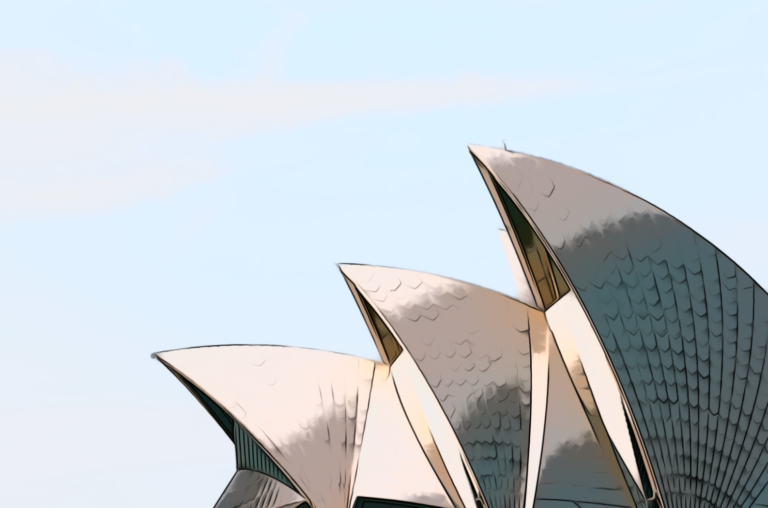Following the recent amendment of Western Australian’s strata legislation, people are asking us two surprising questions. “How can my strata company own ‘private property’?” and “What ‘private property could we own?”.
Background context
Western Australian strata companies with more than nine lots or a building replacement cost of at least $5,000,000.00 (in total for a strata schemes or for the common property of a survey-strata scheme) must:
a) establish a reserve fund to pay for maintenance, repair, renewal and replacement of their scheme’s infrastructure, and
b) prepare a 10 year plan, which identifies their foreseeable reserve fund expenses and recommends how these expenses should be funded. (Similar to sinking fund forecasts, capital works plans and maintenance plans used in other states.)
Specifically, section 100(2A)(a)(i) of the Strata Title Act 1985 says that the 10 year plan must set out –
“the common property and personal property of the strata company that is anticipated to require maintenance, repair, renewal or replacement (other than of a routine nature) in the period covered by the plan”.
Section 77(f) of the new Regulations similarly refers to “a list of the items of common property, and personal property of the strata company,…”.
The concept of a strata company having personal property is not something most people have previously encountered. As a result, people often ask us, “What personal property could we have that you need to include in our 10 year plan?”.
Note 2, at the end of section 77 of the Regulations, says,
“Personal property of the strata company can include items like vehicles, computers, gardening or maintenance equipment and signage.”.
But it does not explain why these things may be the personal property of the strata company.
So, what is personal property of a strata company?
In Western Australia, the term ‘common property’ is defined by section 10(1) of the Strata Titles Act 1985. Explained simply, common property is all the sections of scheme land, building and air which are not part of a private lot.
Common property typically includes items attached to or integrated into the common property land or buildings (such as basement door motors and swimming pool filtration equipment). However, there are exceptions to this, mainly if an item only benefits one lot.
In addition to this common property infrastructure, it is also possible for a strata scheme to ‘own’ assets which do not directly form part of the built infrastructure.
- •Many strata schemes have items of loose furniture such as pool chairs or pictures hanging on the foyer walls.
- •It is not unusual for a strata company to own items of unattached equipment, including the computers, gardening equipment, maintenance equipment and signage listed in the regulation note.
- •Most strata companies will ‘own’ (hold) some form of money.
- •Some strata companies may also ‘own’ intangible assets such as copyright of the complex name or a logo.
In general conversation, we usually refer to all these things as being common property, but legally they are defined as being the ‘personal property’ of the strata company.
For some purposes, this categorisation impacts the treatment of the asset. For example, the strata company is the entity which is entitled to claim tax depreciation for the loose furniture and equipment, not the individual lot owners.
Why is personal property listed in section 100(2A)(a)(i)
Including both the strata company’s common and personal property reduces the potential for complex disputes about which items ‘owned’ by the strata company should be funded using the reserve fund.
Making the personal property of the strata company a mandatory inclusion in the 10 year plan will have little, if any, impact on the majority of strata companies. In all probability, they would have treated loose furniture and equipment as general common property anyway.
We are yet to see precisely how section 100(2A)(a)(i) will apply to a whole range of items. It may result in a limited number of expenses being unexpectedly paid from the reserve fund. For example, a major software purchase may become a reserve fund expense.
I need a formal definition to put in my advice to lot owners
As is often the case with legal concepts, the distinction between strata scheme common property and personal property is sometimes contentious. For example, it may depend on the degree of the item’s attachment to a building or how crucial the item is to the building’s function.
If you only need a simple, authoritative explanation, I recommend the following quote from Tax Ruling 2015/3.
“Personal property of the strata title body
15. Personal property of the strata title body refers to the property the strata title body as a company is able to own and control in its own right. Under the various State and Territory legislation, these items of property must be necessary for the basic purposes of the strata scheme.
16. Personal property is distinct from common property in that it does not form part of the land contained within the strata title scheme. Examples include washing machines, driers, lawnmowers and money.”
The practical takeaways
- •If you prepare a 10 year plan, it should contain allowances for the maintenance, repair, renewal and replacement of all the physical assets for which the strata company is responsible.
- •In some circumstances, the 10 year plan may need to contain expenses which are not for ‘physical’ assets.
- oConsultants engaged to prepare your 10 year plan may need to ask about assets which would not be visible during an inspection of common property areas.

